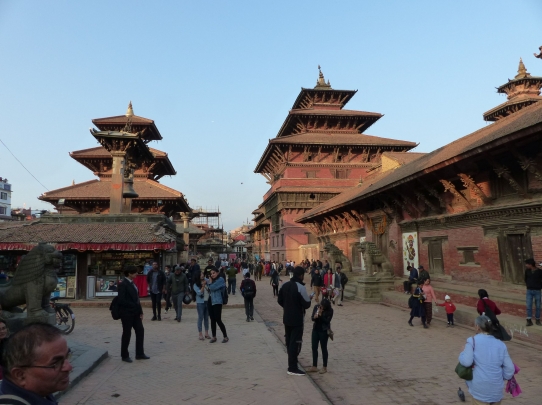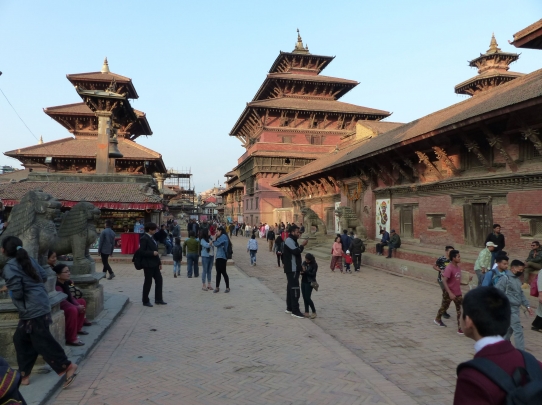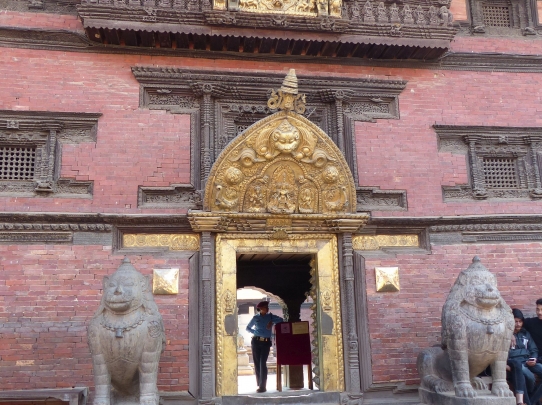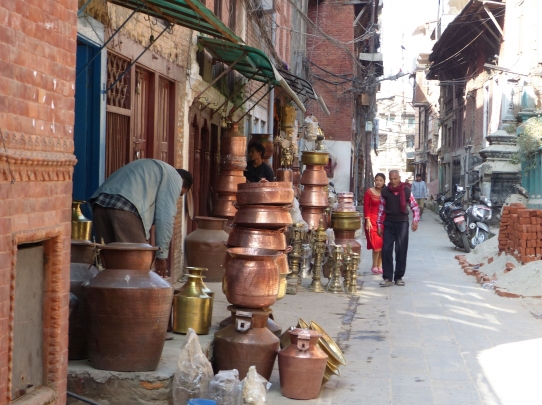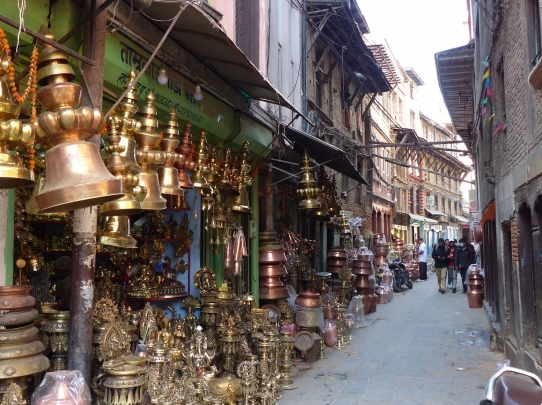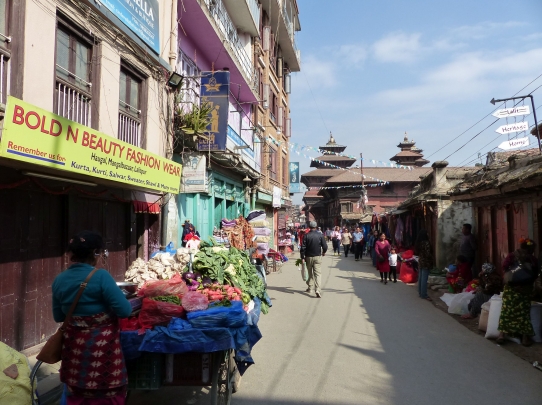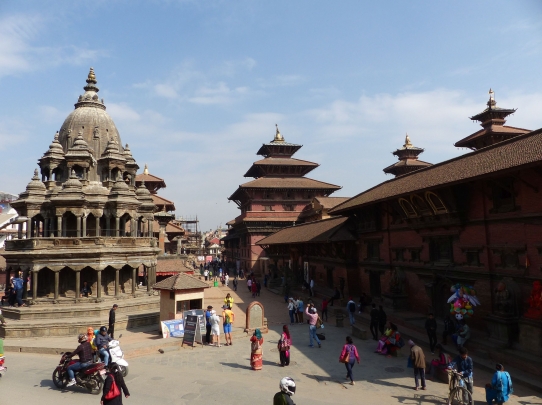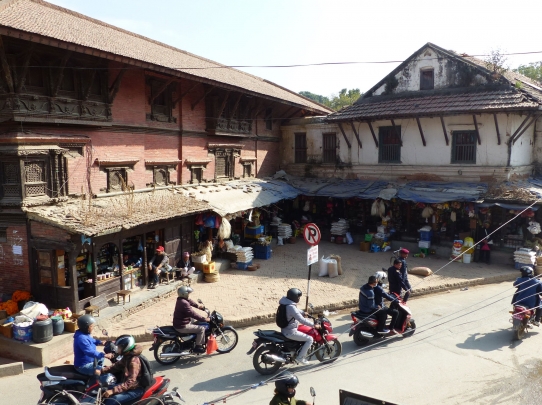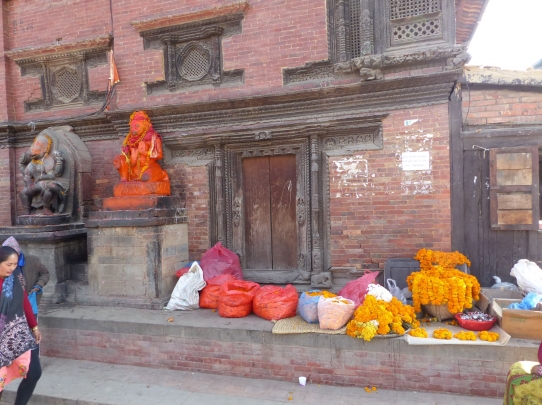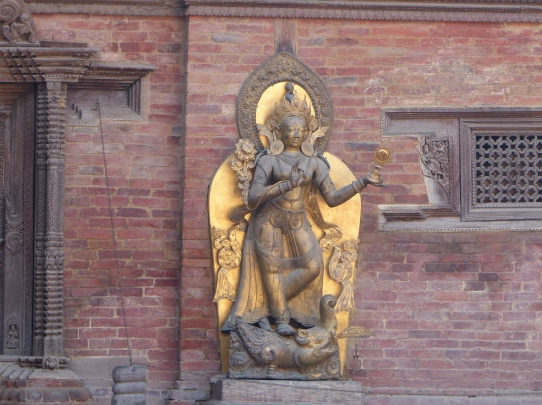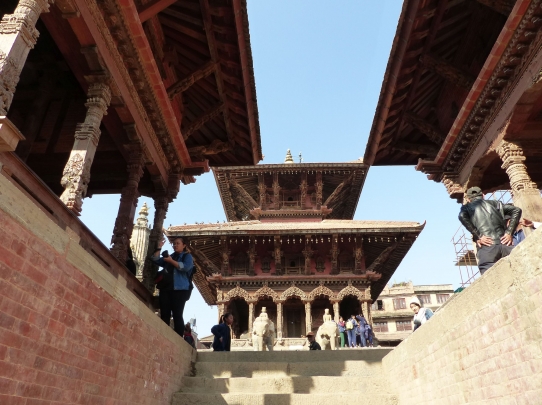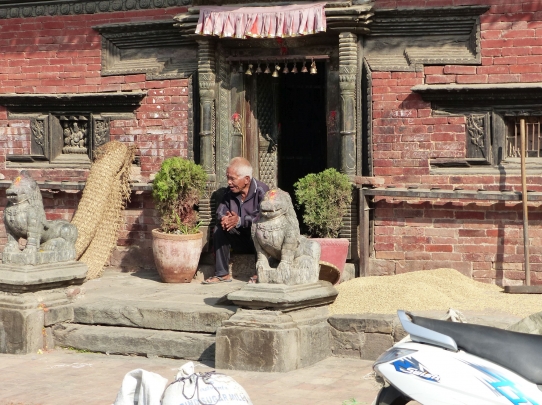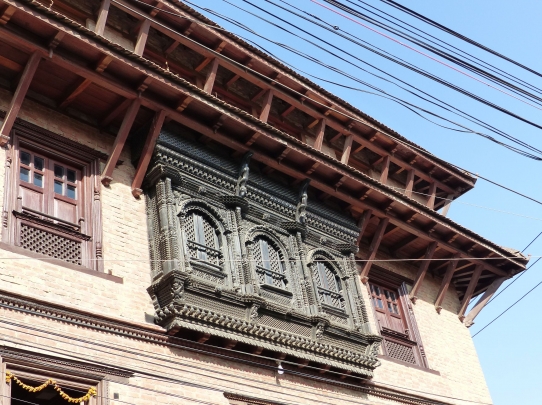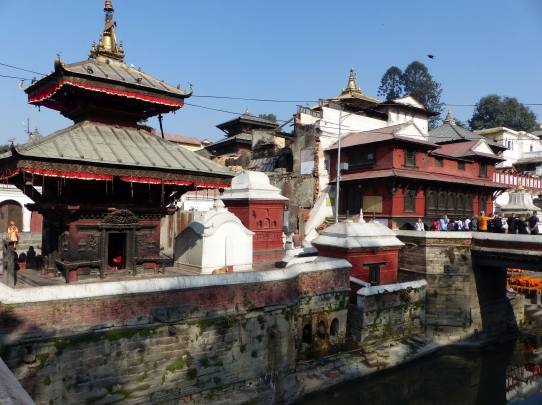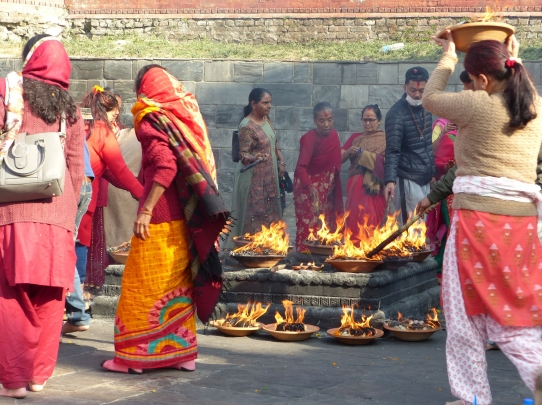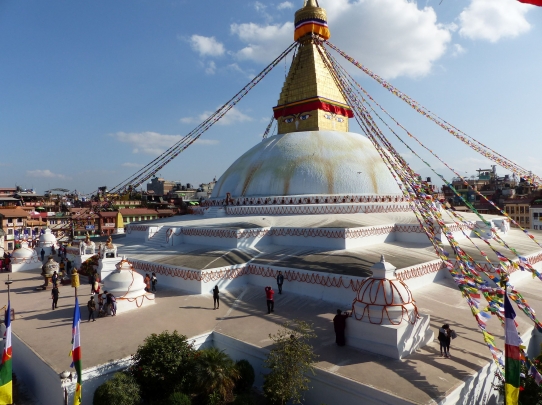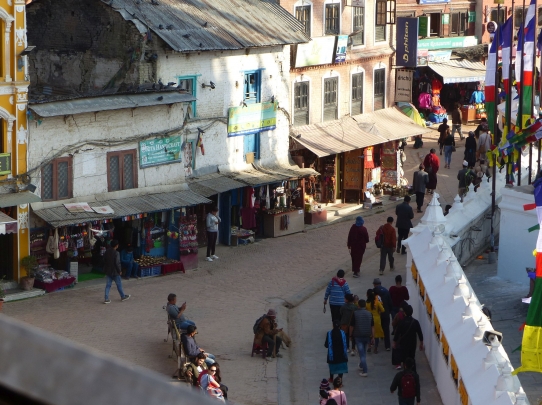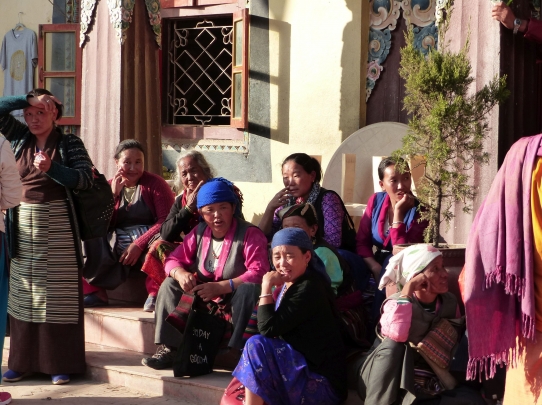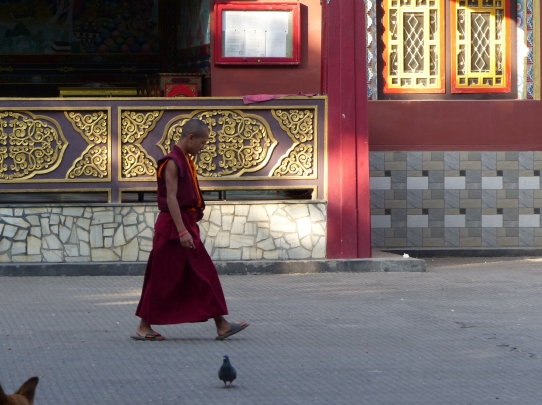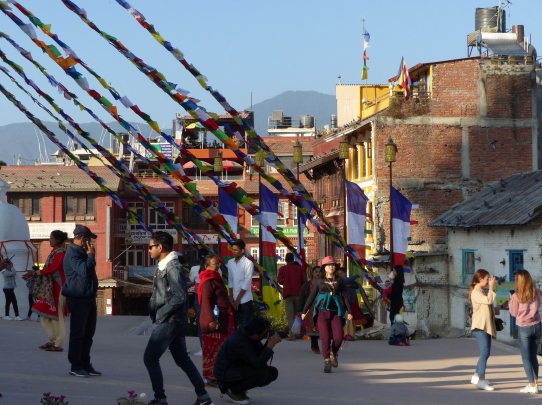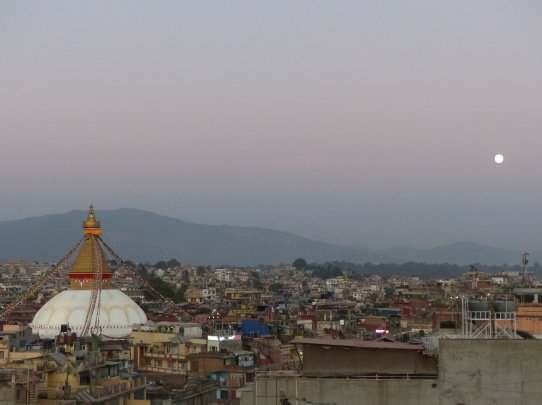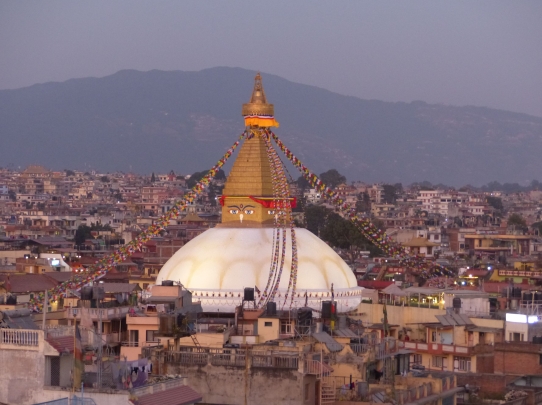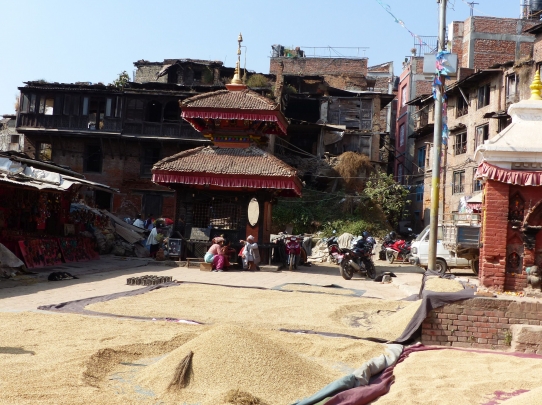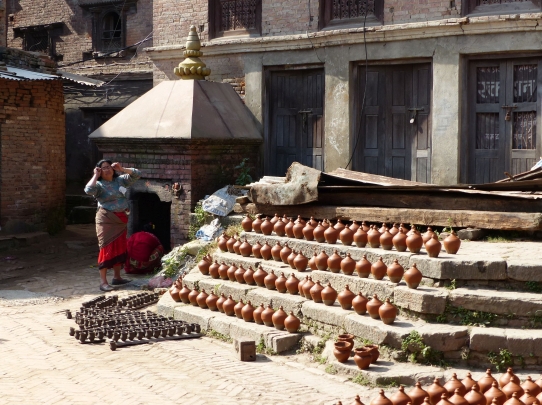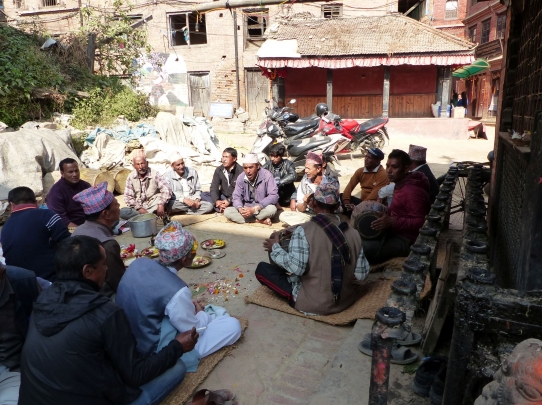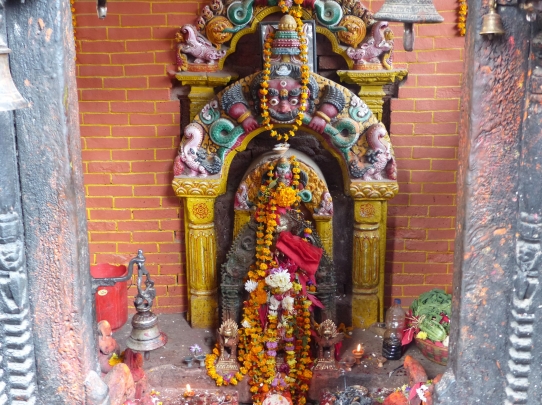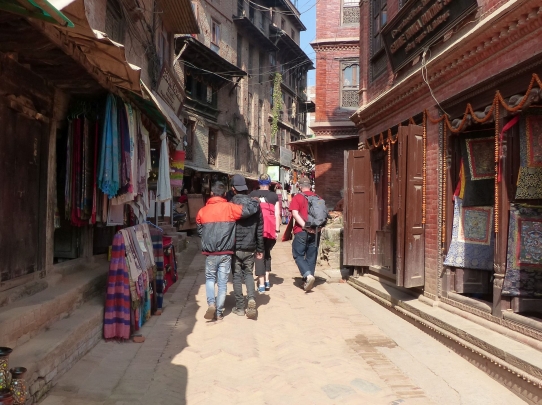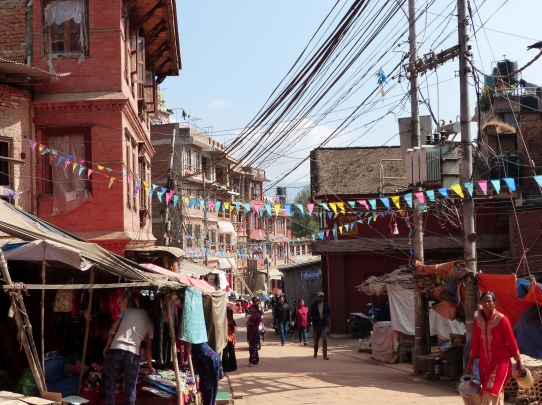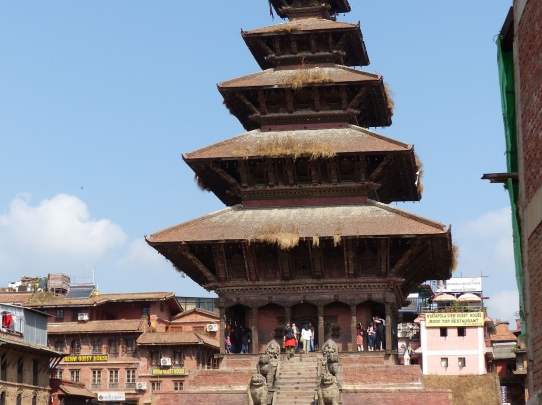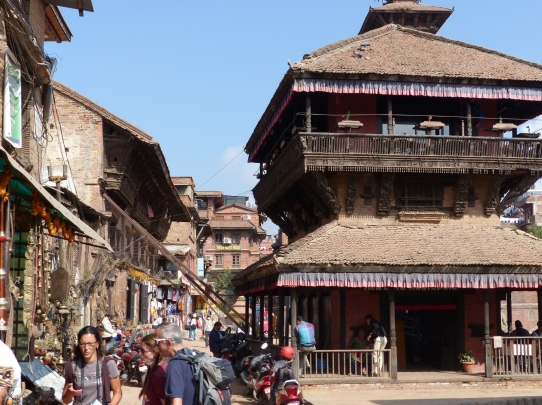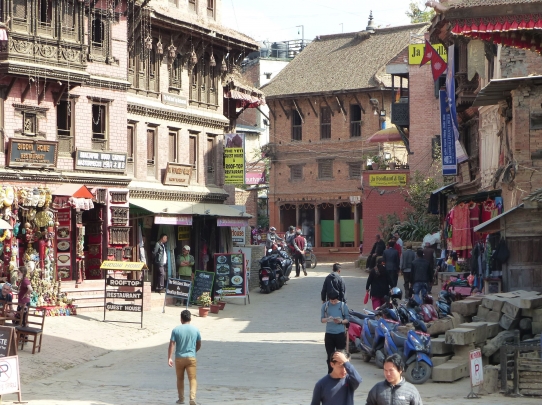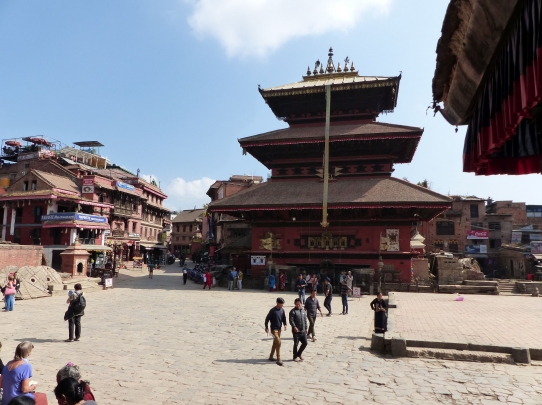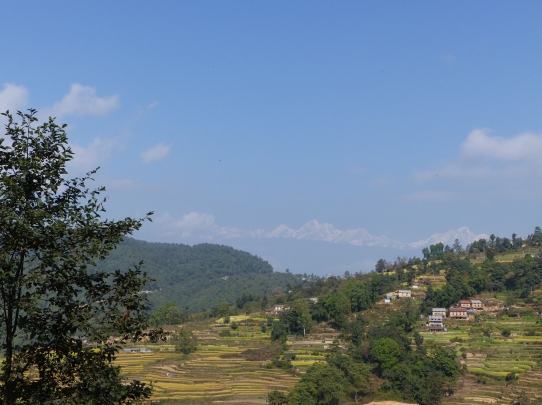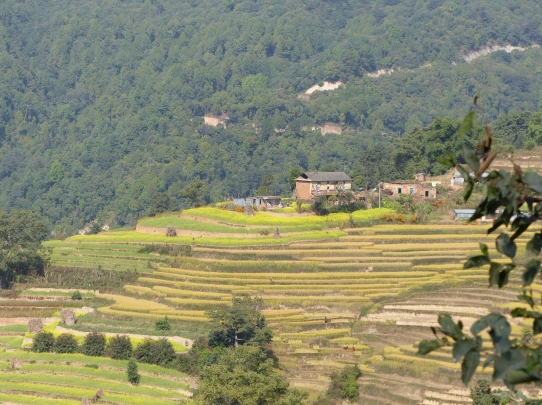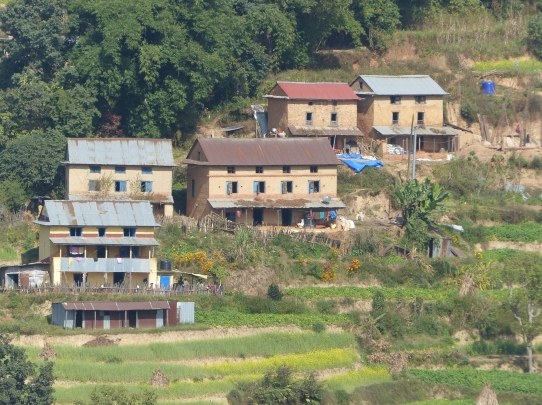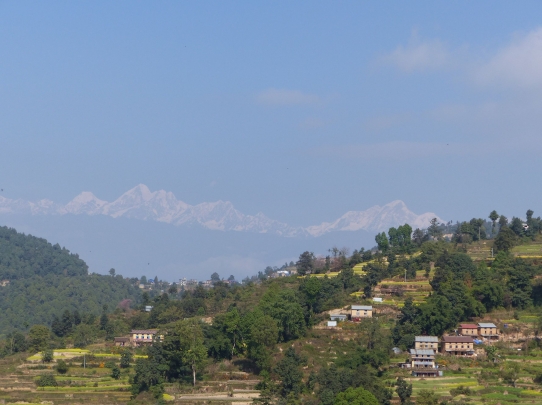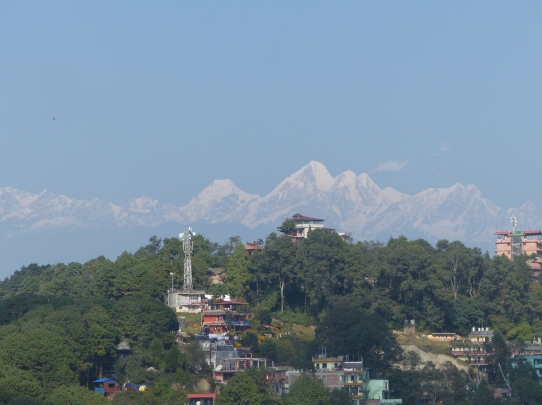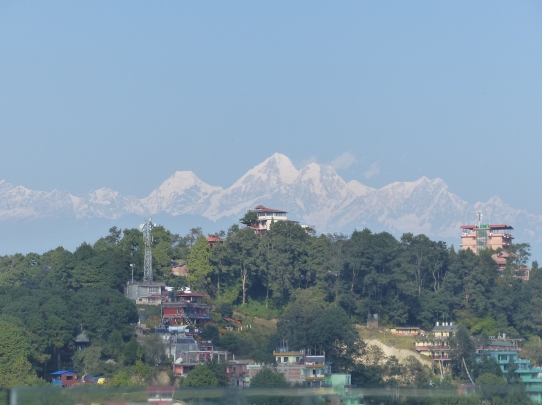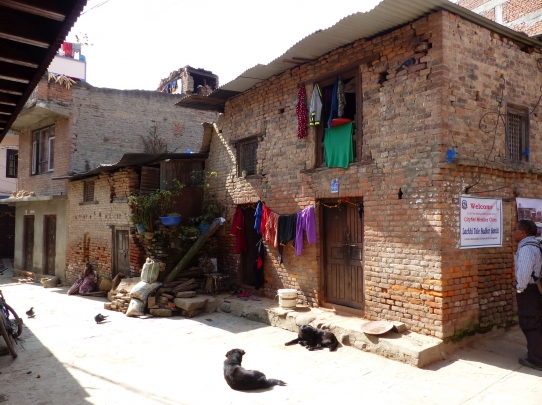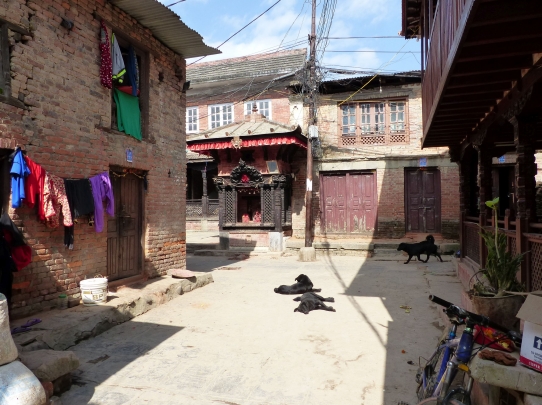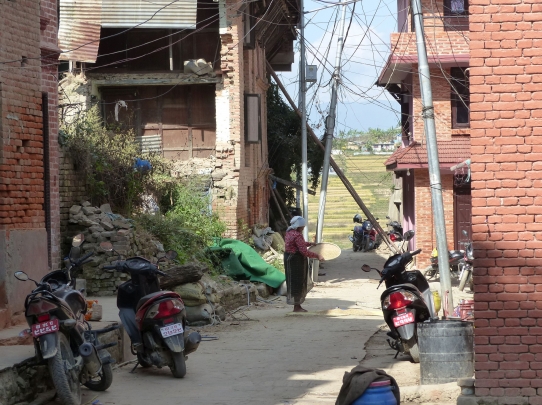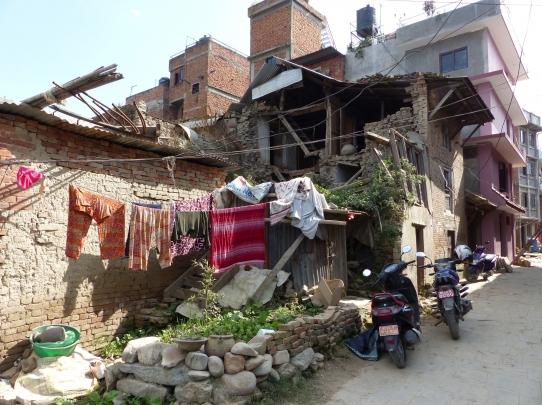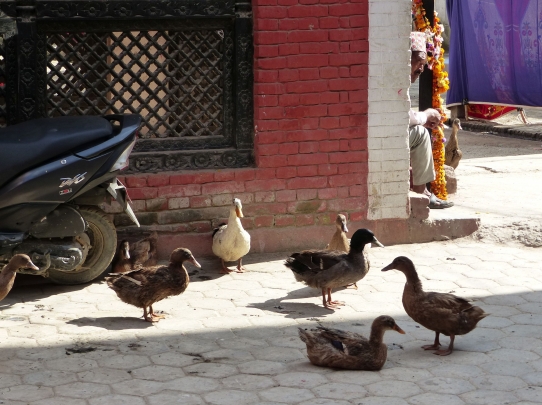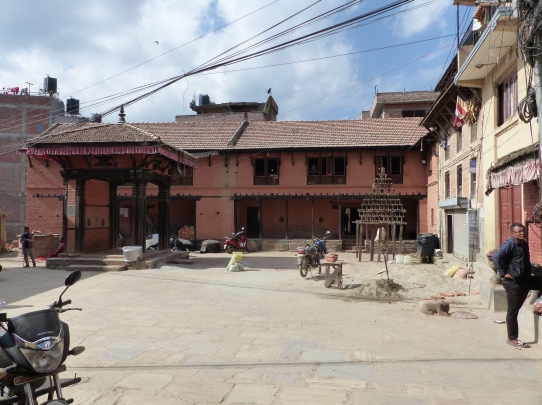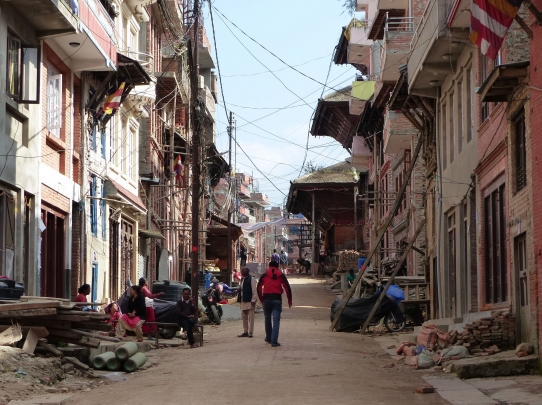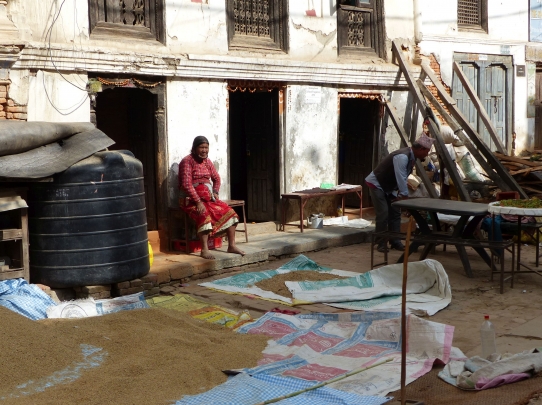Kathmandu revisited in 2019
I first visited Kathmandu in early 1990’s, when it was a small town living in a different era. There was intermittent electricity to the few hotels but none to the 400,000 inhabitants, so come sunset the city was clam and people huddled around fires to keep warm and stayed home. Transport was limited to mainly cycle rickshaws and a handful of tourist cars and auto rickshaws. In the distance the white peaks of the Himalayas could be seen on clear days. It was totally enchanting.
Since the year 2000, Nepal has had a series of natural and man-made disasters, and so a lot has happened and changed in the last twenty years. The 2015 earthquake cost over 10,000 lives and destroyed many homes and ancient sites, but the Nepalese are resilient and in just four years they have successfully rebuilt many of their historical and religious buildings.
I revisited Kathmandu this year and with a bit of artistic licence I found it’s magic and rich cultural heritage largely intact. I blanked out the traffic congestion and ugly urban sprawl and headed off to the Durbar Squares – the heart and soul, of the three ancient towns of the Kathmandu Valley – Patan, Bhaktapur and Kathmandu City.
My pictures tell the story well but the following account provides the background.
Patan’s Durbar Square area
The restoration of Patan’s Durbar Square with its wonderful collection of pagoda-style temples is virtually complete, whereas Durbar Square in Kathmandu City remains in ruins and Bhaktapur’s is a work in progress but well advanced. Patan was always the town of metal workers and you will still hear the banging and tinkering of metal as you wander down the side streets off Durbar Square. The Thamel district of Kathmandu City, which was where the hippie trail ended, is still a maze of narrow streets with cafes and tourist shops, but it is now traffic-free, adding to its appeal. The Boudhnath area of Kathmandu City with its impressive Buddhist Stupa, which is fully restored, is still a joy to visit.
Kathmandu’s Pashupatinath area
Pashupatinath is the sacred Hindu area on the banks of the Bagmati River that divides Kathmandu City from Patan. It escaped damage from the earthquake and so little has changed here – every morning the funeral pyres burn and people offer thanks for their good fortune. Bhaktapur’s ancient kilns are still firing the pottery it has always been famous for, and people thresh the rice harvest in the squares.
Kathmandu’s Boudhanath area
Kathmandu City and Patan are now one large urban area, but Bhaktapur lies about 15 kms away and has retained its rural feel. It is less densely populated and there is much less traffic here. The air is cleaner and distant views of terraced fields and mountain peaks are possible on clear days. You can be in the mountain village of Nagarkot within an hour’s drive from Bhaktapur and enjoy glorious panoramas of snow-capped peaks.
Bhaktapur’s Durbar Square area
Small rural communities in The Kathmandu Valley, like Khokana, also suffered badly in the earthquake and sadly have not been so fortunate in getting funding to rebuild their homes. But life goes on for the local people just as it always did and so little has changed except for the many buildings that are now piles of rubble.
The village of Nagarkot with Himalayan Mountain views
Khokana village in the Kathmandu Valley
So there are plenty of wonderful sights to see and it is still possible to find pockets of old Kathmandu. Peter Brown will be doing this and capturing the street scenes when he hosts a painting holiday to Kathmandu 2 – 13 November 2020.
It is important to remember the adversity of the local people in a country like Nepal. As a visitor you often only see one side of the story. Here is some data that will help put things in to perspective
Kathmandu’s population has more than trebled in the last 30 years and has one of the highest urban densities on Earth – 1.5 million people now live in the Kathmandu Valley. Kathmandu and Patan have expanded and merged into one large urban sprawl. As in many Asian cities rickshaws have been replaced by millions of scooters and buses which crawl along heavily congested arteries churning out filthy fumes. The 2015 earthquake caused devastation in the capital and so there are sections of roads that suddenly revert to dirt tracks and there are still piles of rubble where buildings once stood. Dust has become a part of city life. Nepal’s infrastructure is still poor and the country is listed as one of the least developed in the World by the UN. Electricity is now widely available in Kathmandu but 33% of the country’s population have no sanitary services, 25% of the population have no piped water and monthly salaries range from as little as GBP 40 to GBP 300.


